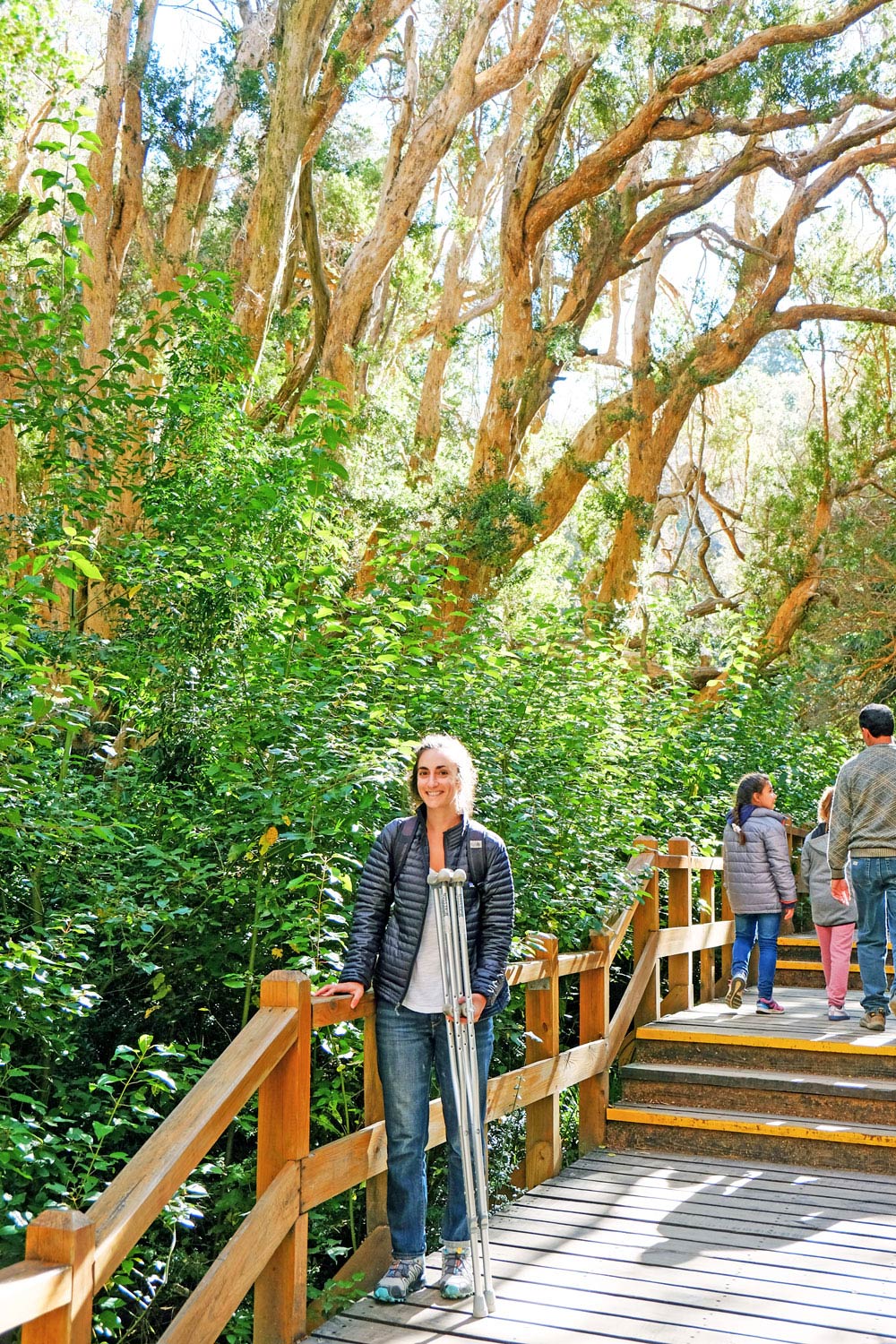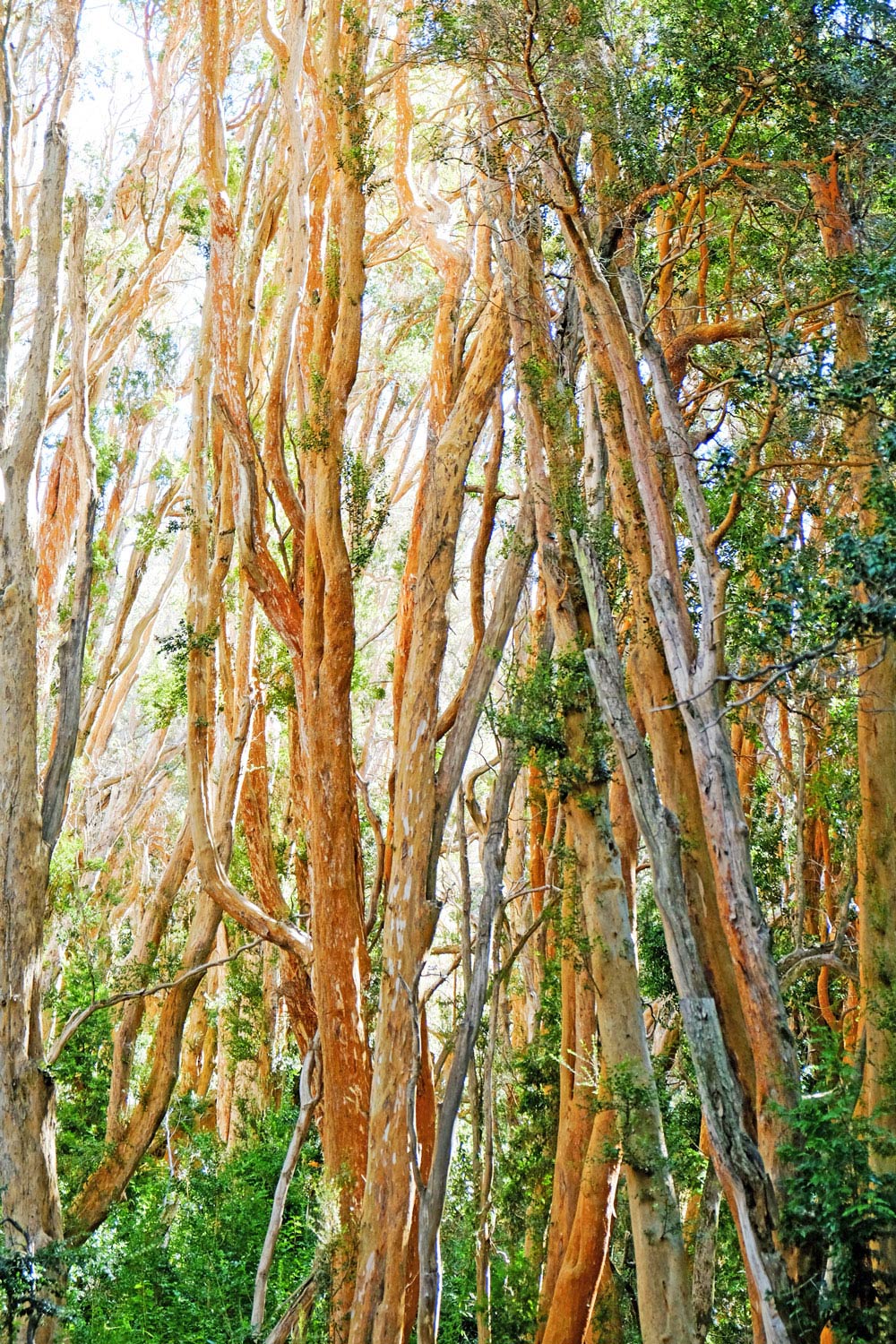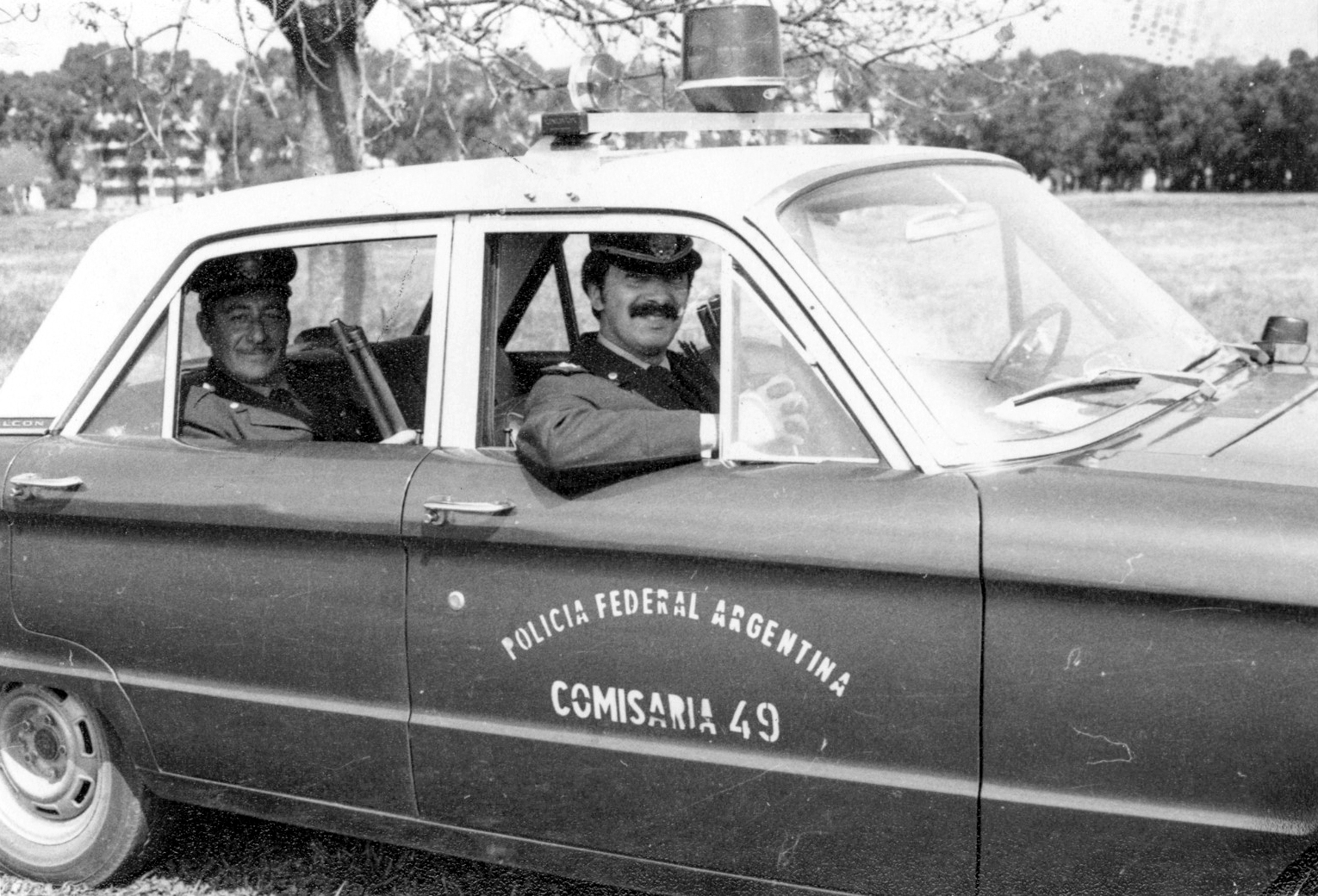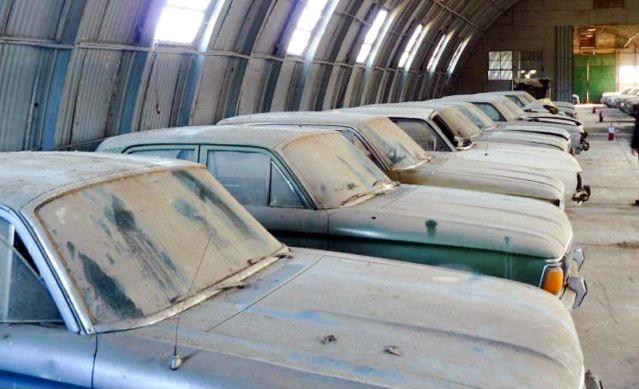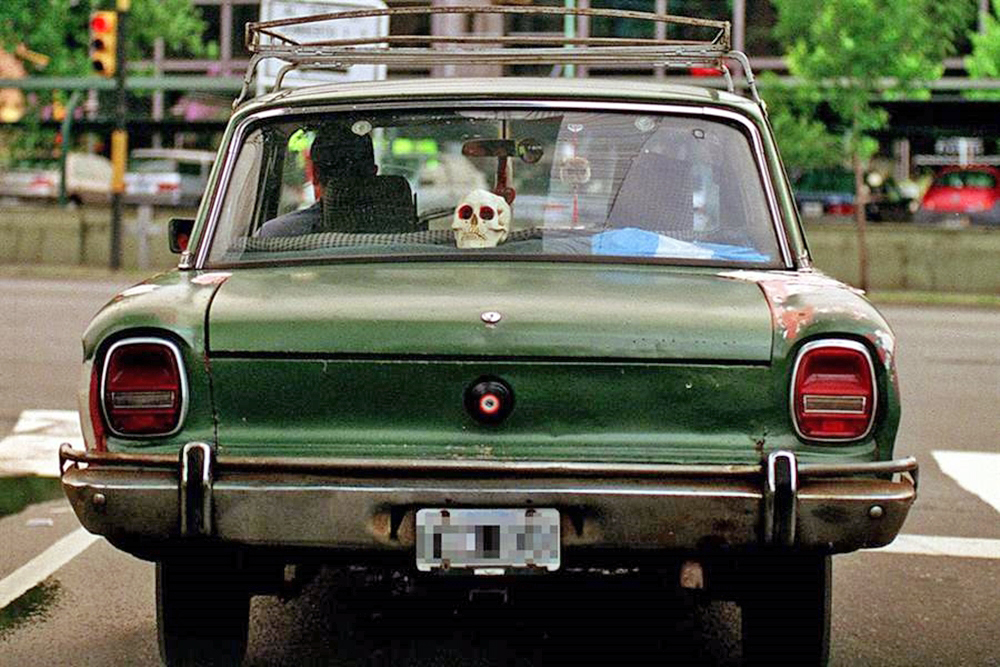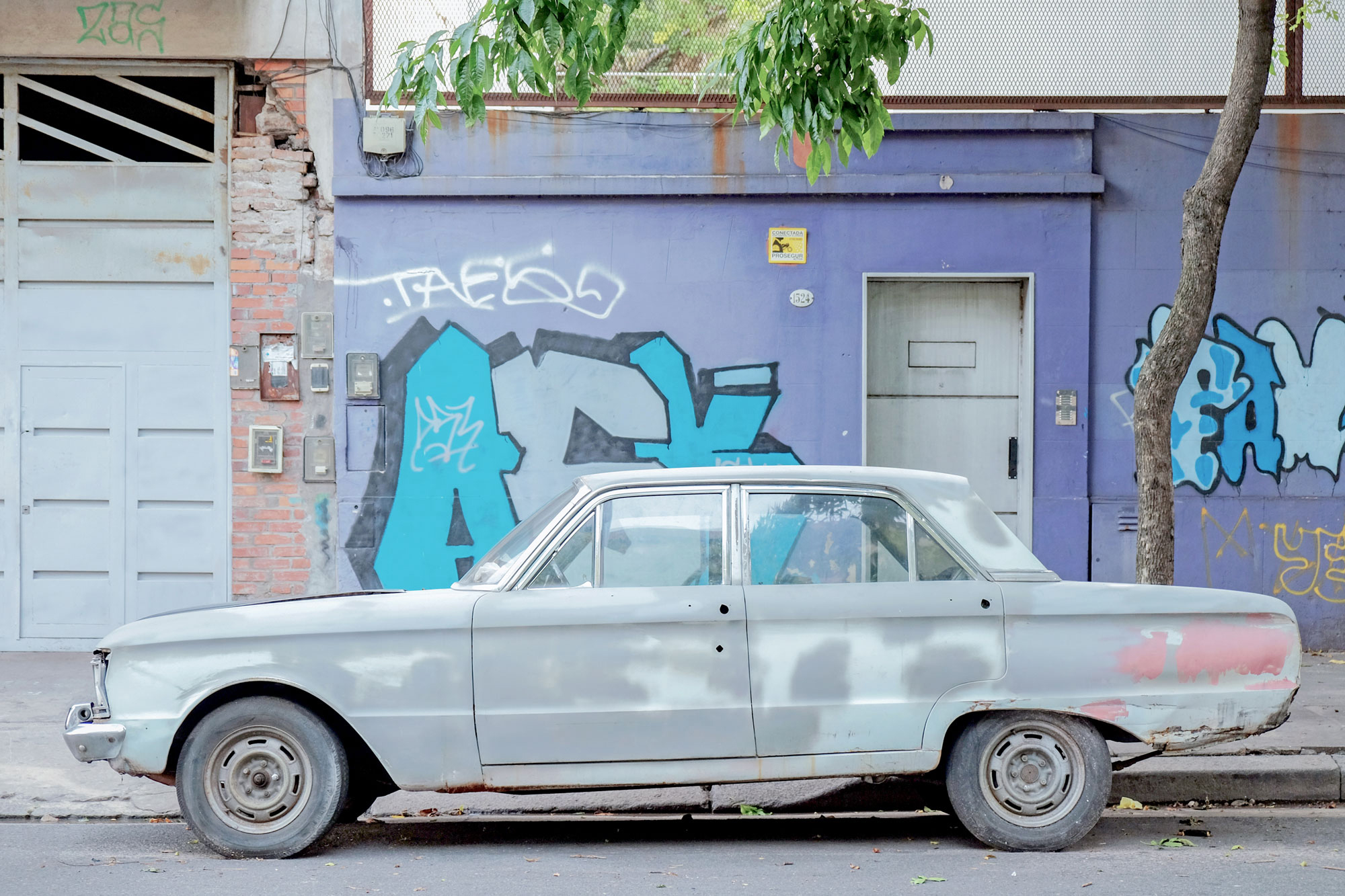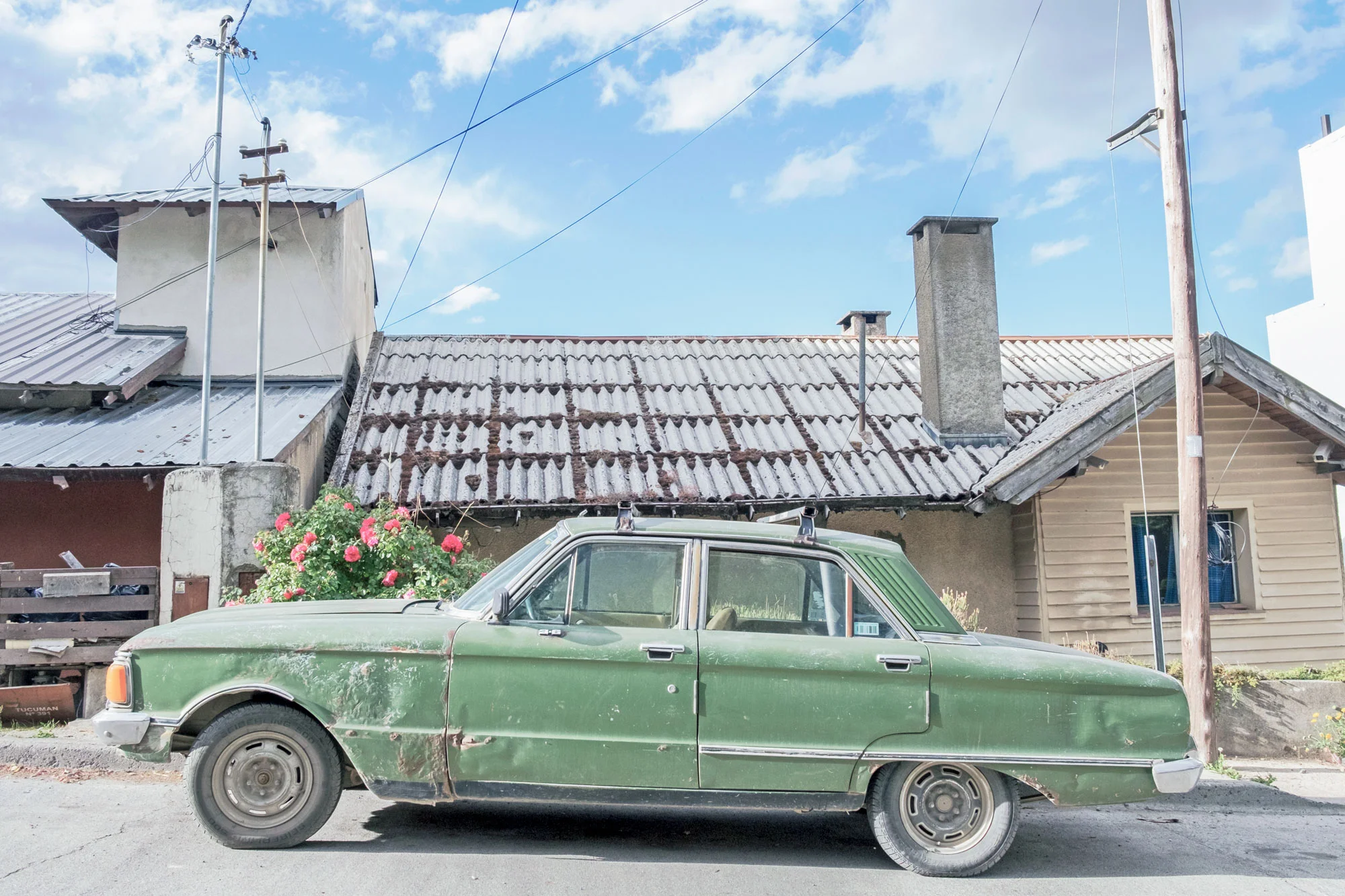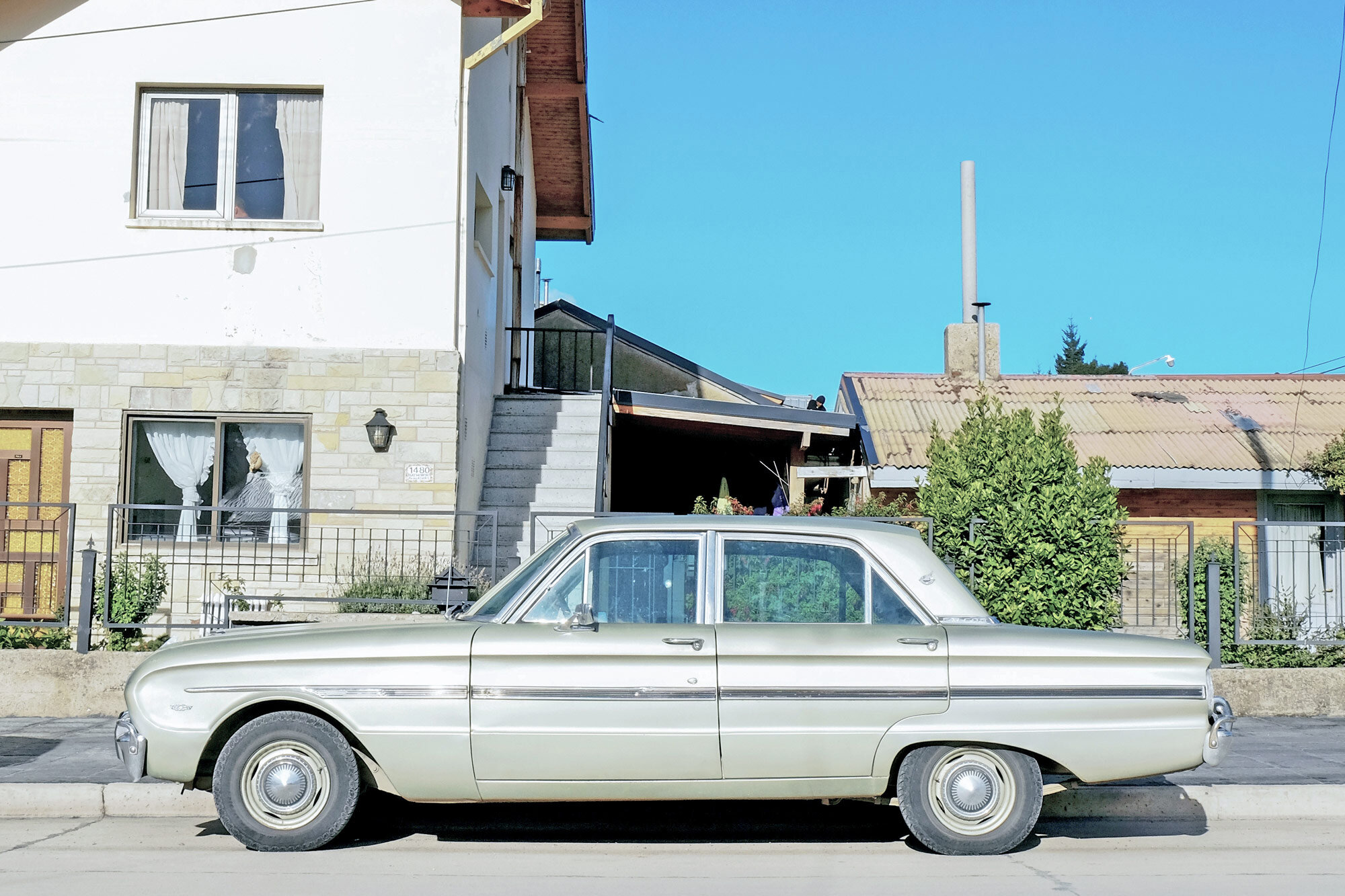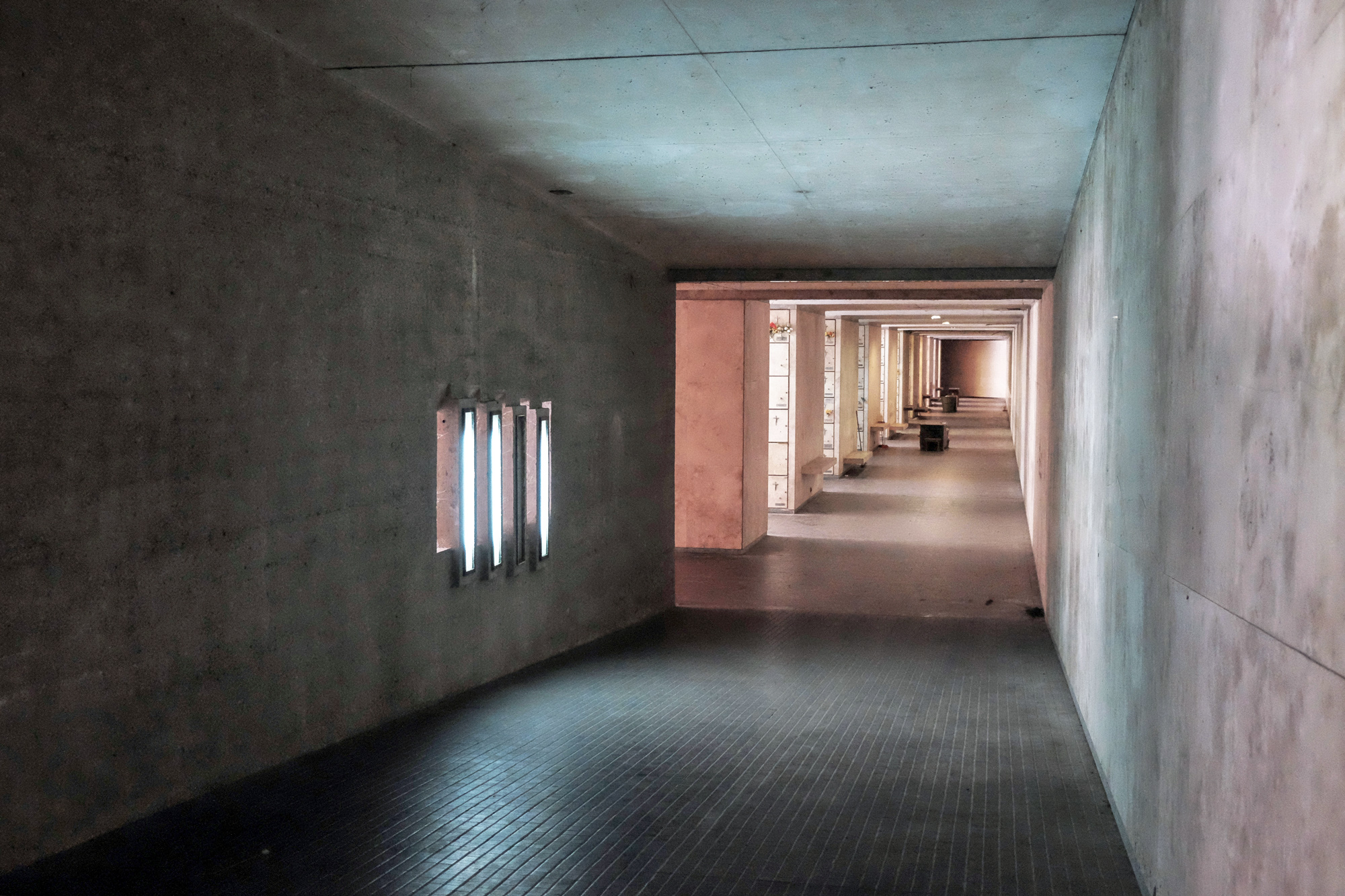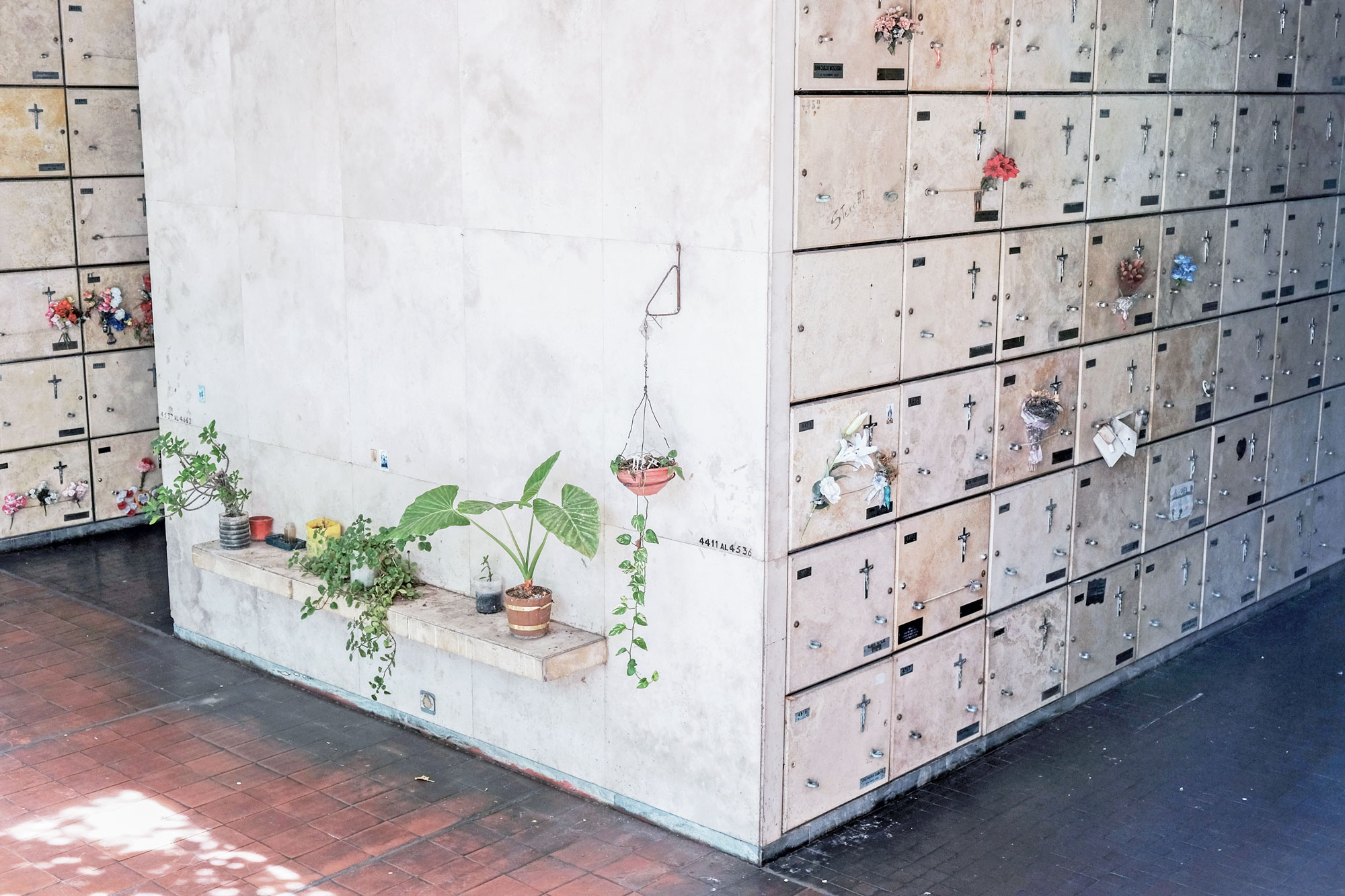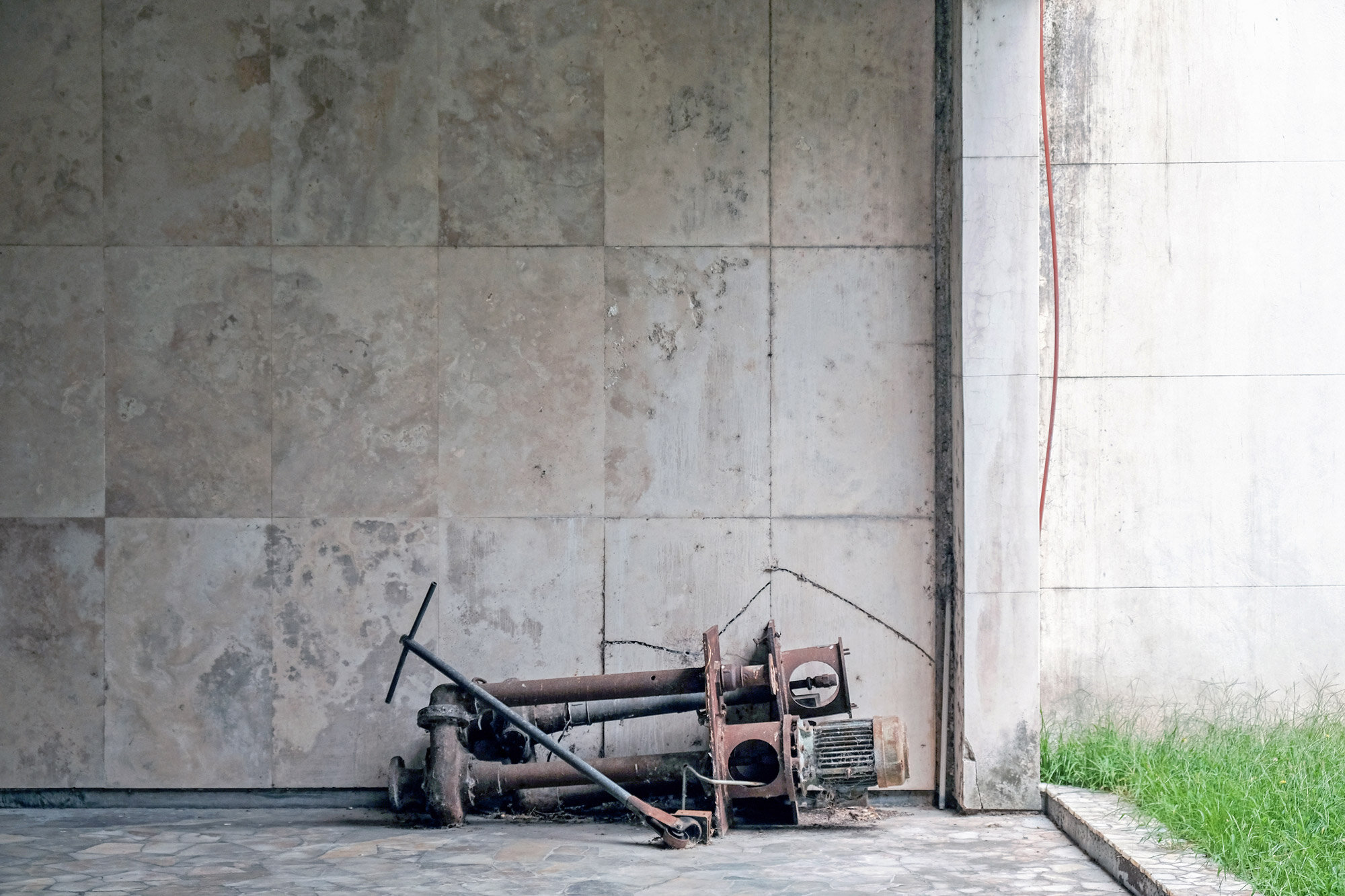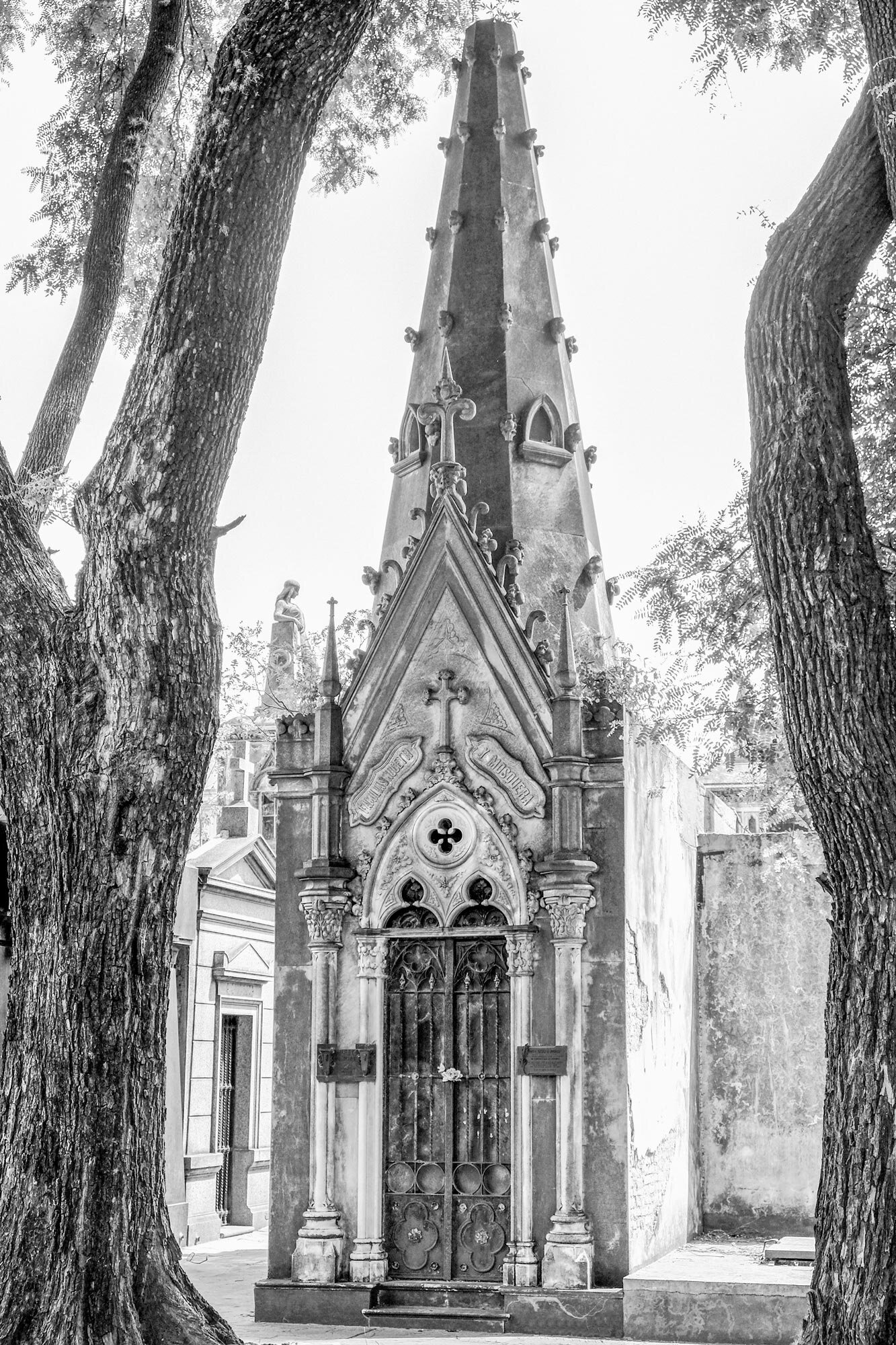A reporter, Roberto Farías, talked to Faustino in 2oo8 and wrote "The Impassive Hermit," a compelling article that explored Faustino's contemplative nature, and inscrutable exterior. VICE caught on to this story and sent a film crew for their program Far Out in 2011. They did a decent job of documenting Faustino's life at 81. It's truly impressive to see the man wielding a chainsaw, or jumping up onto a horse, but they did not delve into his contemplative ways. VICE was successful at bringing him plenty of media attention, how much of it ever reached his shores I don't know.
I believe the more compelling study of Faustino is the original by Farías, which I've had to roughly translate from Spanish. Even with my incomplete understanding, I find it far more helpful to understanding Faustino, though VICE's video serves as a beautiful illustration.
Since 1965, Faustino Barrientos has lived alone on the shores of Lago O'Higgins in a house built from the remains of a fishing vessel. He's a pastoralist, living mostly off the land and his livestock, with few modern amenities. His nearest neighbors are in Villa O'Higgins, a small community of several hundred people, 25 miles away, accessible only by a two-day horseback ride through rugged mountain animal paths.
Every few years, Faustino makes this ride to sell his cattle in town. At 81 years old, Faustino's self-imposed isolation was being increasingly encroached upon by the forces of government, economy, and tourism. However, Lago O'Higgins is one of the most remote areas of Patagonia and is the least populated region in Chile. It is also one of the world's most sparsely populated places outside Antarctica.
Faustino's land has two buildings - a small hut where he sleeps, eats, listens to the radio and pours over stacks of newspapers when they are delivered to him twice a year. The other building stores boxes of food - tins of soups and desserts, bags of sugar and flour, tubs of lard - which are delivered by a boat that has started passing his quiet corner every ten days.
Glaciers Retreat, Mountains Rise
Excerpted from a follow-up article written by Roberto Farías, the observant Faustino witnessed isostasy, a fluctuating geologic equilibrium between topography and the weight of ice upon the earth's surface, in this case:
The first time I was with Faustino, in January 2008, among many silences and monosyllables, he showed me a rock on the beach in front of his house where he sat down to watch the sunrise on the same day in October for many years, and he released the first of many deep thoughts:
"The shadow of the mountain range has run from here to there," he said. The shadow of a peak range that the October sun projected to reach the rock, had run, oddly, a few centimeters in those years. He had not told anyone, but from the shadows, had deduced something alarming or the mountains was rising or soil beneath our feet was sinking. Maybe mention it again all day, but the puzzle was more than enough for me. We talked about a few other things, showed me around his daily life, I left and began the long walk back. Then I checked with scientists that their observations were correct: the mountains were rising.
Here's the original conversation about the mountain's shadow and the full original article here: The Impassive Hermit
On the frigid, barren shore of Lake O'Higgins, at the foot of the homonymous glacier, at the end of the Aisen region, in a great nothingness, the hermit Faustino Barrientos lives in a house made from the remains of a boat's cabin. With Tibetan patience, for more than 15 years he sits on the same day of October on the same stone to see how the dawn casts the shadow of a mountain peak on a rock of the ground.
"In the last ten years the shadow of that peak that is there-points to a very noticeable curved tusk, 10 km on the other side of the lake, has run from here to here-accurate.
In principle, look at the small and supposed displacement of the shadow, does not produce anything. It is a subtle 2 cm increase.
"Tell me if I am correct - continues. Is the mountain range rising or is the ground sinking?"
"It is a riddle?"
"No, then. It is true. I'm asking you"
The wind that comes down from the Southern Ice Fields curtains the skin. The calypso water of the lake is half Chilean and half Argentine. Waves splash icy drops that burn the face. In winter, small icebergs pass by the wind. On the shore there is no grass, just some stoic bushes and charred trees. Difficult to take the question seriously.
The overwhelming intrigue is deep and enigmatic for Faustino Barrientos. He is 77 years old and has spent the last 51 living alone in the middle of Patagonia avoiding contact with people. He is, strictly speaking, a hermit.
Again, the above quote is from the original article which can be found through this link.
Below, is a follow-up article by Roberto Farías, shared in full. I have only been able to locate it on a random Facebook page, in a very unrefined state. I have no idea where this was originally published, but I do believe it to be written by Roberto Farías after Vice's Far Out documentary. I have attempted to edit for clarity, as the original was likely pushed through Google Translate:
APOLOGIES FOR A HERMIT Four years ago the journalist Roberto Farías published The Impassive Hermit for Paula magazine, the story of a lone inhabitant of Patagonia, who had detected subtle signs of climate change. The article was replicated many times and even a television station in New York made a documentary about the character. Now, Farías tells how to emerge from anonymity, the hermit was harassed, threatened and even invaded. This report is a mea culpa and a reflection on how journalism, when reporting a story, you can dramatically interfere in the lives of its protagonists.
Bernardo, Adriana, Peter and John: a director, a journalist, a photographer and a producer from New York come to Patagonia to do a documentary for the Far Out program, agency and editorial vice on Faustino Barrientos, a kind of hermit on which I wrote four years ago and that Paula had 51 living alone in O'Higgins Lake at the foot of the Southern Ice Fields in southernmost region of Aysen. I, on principle, I'm just going to visit Faustino Barrientos and accompany to guide them on their land.
The article that I wrote about him four years ago, entitled The Impassive Hermit, took flight itself. It was replicated on many websites and even an artist made drawings with Faustino's impassive face with their lenses as the last century. Other students wanted to make a visual for his thesis. And from New York wanted to make this documentary.
Finally, last December, we went to record it for a week. VICE had recently been in Alaska with a bear hunter Heimo and his Arctic refuge. For the next chapter the choices were between Faustino and a horse breeder in Siberia. The mini documentary came out this March in 30 languages, in the Far Out program, which was reissued in cable television and internet. It is directed by Bernardo Loyola, a neoyorquinomexicano (New Yorker/Mexican) filmmaker, who has worked with Michael Moore. It's called: The Withdrawal of Faustino in Patagonia, and can be seen on youtube (you can watch it below this article).
Since my trip four years ago, I had not returned to the land, until now, accompanying the documentary. As we went deeper into Patagonia, from Coyhaique, Cochrane, Villa O'Higgins, the difference with my companions Americans became increasingly marked. For them everything was new and surprising. Each waterfall or river jumped from the truck as astronauts reach Mars. For me, however, soon took a turn that had not foreseen: I began to notice the dramatic changes that my article had caused in the life of Faustino. Much more dramatic than the melting-threatening environment.
NEW GOGGLES
The first time I was with Faustino, in January 2008, among many silences and monosyllables, he showed me a rock on the beach in front of his house where he sat down to watch the sunrise on the same day in October for many years, and he released the first of many deep thoughts:
"The shadow of the mountain range has run from here to there," he said. The shadow of a peak range that the October sun projected to reach the rock, had run, oddly, a few centimeters in those years. He had not told anyone, but from the shadows, had deduced something alarming or the mountains was rising or soil beneath our feet was sinking. Maybe mention it again all day, but the puzzle was more than enough for me. We talked about a few other things, showed me around his daily life, I left and began the long walk back. Then I checked with scientists that their observations were correct: the mountains were rising. I spoke about in the article I wrote.
I remember on that first visit, the wind from blowing the Southern Ice Fields ruthless on the shores of Lake O'Higgins. Sometimes reached 90 km per hour and the faint sparks of water given off by the waves turned into hurtful ice projectiles reach the shore. To get around it, Faustino had done with his own hands a beautiful goggles browser horsehide and glass lanterns he saw in a magazine. As a geographer who visited him after his appearance in Paula gave him better, high mountain goggles, on this second trip gave me the old ones. Before I had given some maps of 1900.
REACH THE INVADERS
When I wrote that story did not know what this intelligent man separated from the rest of the world was a subtle balance that would break like a wall of sand.
The text of the report came over the Internet to Villa O'Higgins, the last village of the southern highway and the nearest land-Faustino but the authorities did not seem so good. At six months, police ordered to search his house for guns and the rifle that I had said that he had in his possession. The court cited the Cochrane 400 km north. He did not answer the first call and the second time he was picked up. First taken to Cochrane and then Coihaique. He had 60 years without stepping on the regional capital, and now was again as a defendant.
The world had changed. Vehicles, streets, buildings, light at night seemed day. He did not know how far it was from home, because he still uses as leagues. All were surprised, but still recognized him. "In a store," he recalls, "I was approached by a girl and she said, 'Are you the man from the depths of Patagonia, which appeared in a magazine?' And I said, 'Yes, that's me.' And she hugged me for a long time, as if hugging a tree." He paid a fine, bought clothes, the first mattress of his life and returned to his camp. But, as he had no weapons, animals were at the mercy of thieves and cattle rustlers, and himself, was at the mercy of Twisty Tiznado, his nephew and archenemy with whom, years before, had come close to death in the mountains over a land dispute and cattle. Thirty horses bred in the mountains, only one was left. Of 300 wild cows, only about sixty. He was losing everything.
The simple article suddenly pulled him from obscurity 51 years and shattered their silence and their property. "Until I was afraid they would kill me," he said. "Here nobody knows anything. Would have died without more." And thanks to the report, the government, so jealous of her solitary life, began to reach out: sending food, he donating an installation of hoses for water, installing VHF radio wave that does he not use, and he even had the mayor of Aysen to take a picture with him and give him a pension of grace under President Bachelet.
Then, with Piñera, solar panels led him to give birth to her home, but also because it interferes uses shortwave radio is their only contact with the world. Now, I resigned, stoic he accepts all visits. Years before, he would loose the dogs. And as word spread through Patagonia that he had no heirs, remote relatives came from all over to collect his inheritance in advance. They whet the appetite of uncles, nephews and grandchildren by inheritance or sell their lands in life. Appeared a brother who was living in Argentina, and then came back threatening Tiznado Twisty, his nephew, supposedly claiming unowned land.
Faustino finally realized that all was worth more dead than alive. He was afraid. For me, the article had been a source of satisfaction. For Faustino, it had just brought a ton of problems.
THE LAST RIDE
From our first meeting, Faustino has aged. Is now 81 and realize that this time might be his last ride into the mountains where once raising his wild cows. Giving away several rivers, cliffs, forests burned, beaches and lakes to reach the foot of the Ice Fields, which has a seat canoe (a kind of tiles made of hollowed logs), which remained the summer months gathering cattle for undertaken every two or three years the long trip to Villa O'Higgins to sell to traders of meat. Since 2007 not up to the mountains and just did. Basically, it was a farewell.
We arrived in front of Cerro Santiago where the mountainous horn cast its shadow on the stone. They remember it. But Faustino seems indifferent. No longer can go to the beach because your knees hurt a lot, watch the sunrise from her house through a window. He heard, like all Chileans, who in the 2010 earthquake the Earth's axis shifted a few degrees. "I want to develop a facility with a Goldy in the window you could see if it moved the Earth's axis as they say." No one knows, but that thing called gnomon (fin of a sundial) was invented by the Greeks to make the first astronomical observations. After the earthquake did the installation, tightened the Goldy and the floor of his home made a hole to drive the reference point. And set out to observe the October 20, which is the peak that reaches the sun on Cerro Santiago. But the 2010 and 2011 dawned cloudy and has not seen shit.
Difficult to understand the philosophy of life Faustino. It is not just for entertainment, but the basic cordura más allá por mantenerla (something like "to stay sane") survive. I'm not sure I've grasped the director of Far Out, who shows Faustino killing a sheep, sawing a log, crossing rivers on horseback, but nothing more nor nothing less!
THE PHILOSOPHER
In my version, Faustino Barrientos remains a contemplative. You just have to stop and listen. Leaning on the mount overlooking the horizon like those jeans Bonanza, I suddenly said: "Sometimes I think we're alone in the universe. That there is more to life than us." Nor is there much life at the end of Patagonia where he lives Faustino, almost no human being and it seems that nature had not yet finished form. So its strange conclusion is not surprising at all.
"It amazes me that so many lives on Earth," he continues. "Not only a few animals, but many plants, bugs, fish, bacteria, insects. Life on earth made every attempt to stay afloat you know? He tried all forms and single man could take off from the others. Why is that? "I abyss inexhaustible curiosity. Depth. As frequently heard Faustino science programs for BBC radio, France and Beijing International usually know more than you'd think. In a confusing mess, funny and even magic of atoms, molecules, cloning, fertilization, black holes and particle accelerator, concluded: "I think the man with his intelligence, will be able to create life. It will be his own God."
"Sure do many monsters before we create a similar nature to Patagonia. In their land there are twelve streams. Among the stream does not freeze and dirty stream, there are 1,720 acres of mountains and as many streams as yet unnamed. "This only God could do it," says Faustino. "I do not know why God. But God did." It is the nearness of death that leads to these depths of thought. "I know I will die sooner or later," he says preparing breakfast in the mountains. "But I'd rather die here on this earth before anywhere. So I prefer to give to poor man Villa (O'Higgins) before selling it to a millionaire.
Mea culpa
Andronico Luksic has been buying since the beginning of this century thousands of acres each year about Villa O'Higgins, near the lands of Faustino. As the only buyer, everyone wants to sell land, which has sparked a furor unusual trading in the small town. Many relatives or pseudo-relatives of Faustino also pressured into selling their land (valued at approximately 200 million). He had no choice but to give in his own way. Made an agreement with George Lancaster, a settler who sold their land on Lake Alegre Luksic to go to live with him in exchange for aid and protection. So at the end of this chain of changes in your life, now has a neighbor Faustino. Thanks to the media, the hermit ceased.
I apologized for all the trouble I caused. He remained with it a herd of wild horses on the shore of Lago O'Higgins: "It's fate," he said. "What can we do! But now I'll be famous, I will see in theaters around the world," naively ended referring to the program recorded. Now we just need that after seeing the beautiful landscapes on television comes the insufferable "entrepreneur" and after him the obnoxious tourists. My only consolation is that Faustino at this point will be dead.
"While there is a frontier, there's a place for misfits and adventurers," said Thomas Jefferson. Faustino is a mixture of both. I, however, I'm just a journalist who messes up from time to time. My horse, perhaps in retaliation, shot me twice. I know what you meant. Three condors hovering in circles in the sky because down in the cliff, there is a dead cow.
The VICE Far Out: Faustino's Patagonian Retreat Documentary
The Withdrawal of Faustino in Patagonia









